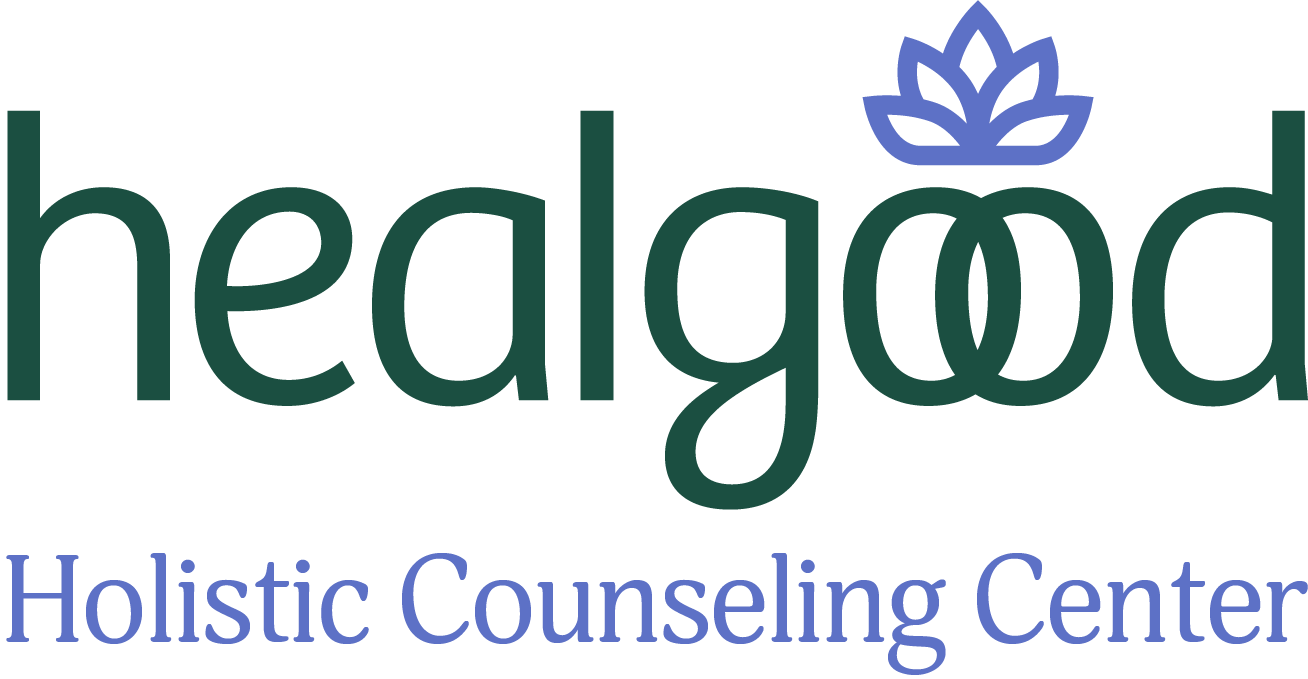Healing in “real life”: How restaurant and grocery store exposures facilitate eating disorder recovery
When in recovery from an eating disorder, many find that there comes a point when “the rubber meets the road” or, in other words, “sh*t gets real.” You’ve come to a juncture in your recovery journey, where you’ve successfully practiced and the learned tools and skills necessary to challenge the eating disorder. Yay! But then, plot twist, the next challenge is to use these skills beyond the therapist’s or dietitian’s office and in real life.
Exposures are a challenging, yet effective way to heal from an eating disorder.
When you are working to apply the skills and tools you’ve learned in recovery to your real life, restaurant and grocery store exposures are a, yes, challenging, but an effective way to take the next step in your recovery journey.
These exposures provide essential components of eating disorder recovery that involve facing challenges such as confronting and overcoming fear foods, engaging in mindfulness, and managing food-related anxiety.
In this blog post, we will discuss the function and importance of these exposures in eating disorder recovery.
How exposures work
Overcoming fears, with support.
“Exposures” is a term derived by Exposure and Response Prevention (ERP) or Exposure Therapy. ERP is a type of behavioral therapy that is designed to help people manage problematic fears. Through the use of various systematic techniques, a person is gradually exposed to the situation that causes them distress. At Healgood, we emphasize that these exposures be challenging, yet gradual and achievable, and tailored to the individual.
The goal of exposure therapy is to create a safe environment in which a person can reduce anxiety, decrease avoidance of dreaded situations, and improve one's quality of life.
Eating disorders are serious mental health conditions that are characterized by abnormal eating behaviors, such as excessive food restriction, binging, and purging (e.g., exercise, self-induced vomiting). These behaviors can lead to significant physical and psychological consequences, including malnutrition, electrolyte imbalances, anxiety, depression, and suicidality. One of the most challenging aspects of eating disorder recovery is overcoming fear foods, which are foods that trigger anxiety and fear in the person. This fear can be so intense that it may prevent them from doing things like eating in public, going grocery shopping, trying new foods, or cooking for themselves.
The function of restaurant and grocery store exposures is to help individuals struggling with an eating disorder to face and overcome their fear foods in a safe and supportive environment. These kinds of exposures are conducted with the guidance of a dietitian and therapist. These exposures provide opportunities for people to practice challenges such as ordering food in a restaurant, selecting food items in a grocery store, and preparing and cooking meals at home. Through these experiences, they can learn to tolerate the anxiety associated with eating, food, and the environment, and learn new skills to manage it.
Restaurant exposures can help learn to tolerate the anxiety associated with eating, food, and the environment and learn new skills to manage it.
Restaurant exposures. During these exposures, individuals are asked to visit a restaurant and order food from the menu, just as they would in a typical dining experience. This experience can be stressful for someone with an eating disorder, but the goal is to learn to tolerate the anxiety and make progress in their recovery.
Grocery store exposures involve visiting a grocery store and selecting food items from the shelves, including those that are considered fear foods. This exposure is designed to help individuals confront their fear of food and overcome the anxiety associated with food choices or shopping. It also provides an opportunity to learn about nutrition and balanced food choices, which can be a crucial component of recovery.
Why exposures are an important part of eating disorder recovery
The importance of these exposures lies in their ability to help individuals with eating disorders overcome their fears and gain control over their relationship with food. Through repeated exposures, individuals can learn to manage their anxiety and reduce their fear. This can help them to make progress in their recovery, develop intuitive eating, and find joy in eating.
Restaurant and grocery store exposures can also help to build confidence and self-esteem. By facing their fears and overcoming their anxiety, individuals can develop a sense of pride and accomplishment. This can lead to an improved sense of self-worth and a stronger self-image.
Another important aspect of these exposures is that they provide individuals with an opportunity to learn new coping skills and strategies. For example, they can learn to breathe through their anxiety, use visualization techniques, or practice mindfulness. These skills can be applied not only in eating-related situations but also in other areas of life, leading to improved overall mental health and well-being.
In conclusion, restaurant and grocery store exposures play a crucial role in eating disorder recovery. They help individuals to overcome their fear foods, build confidence, and learn new coping skills. These exposures are a vital part of the recovery process and provide a supportive and safe environment for individuals to make progress and improve their relationship with food.
If you or someone you know is struggling with an eating disorder, it is important to seek professional help. Eating disorder treatment typically includes a combination of therapy, nutrition therapy and education, and exposure therapy. With the right support and guidance, recovery is possible, and individuals can learn to enjoy eating again and develop a healthy relationship with food.



